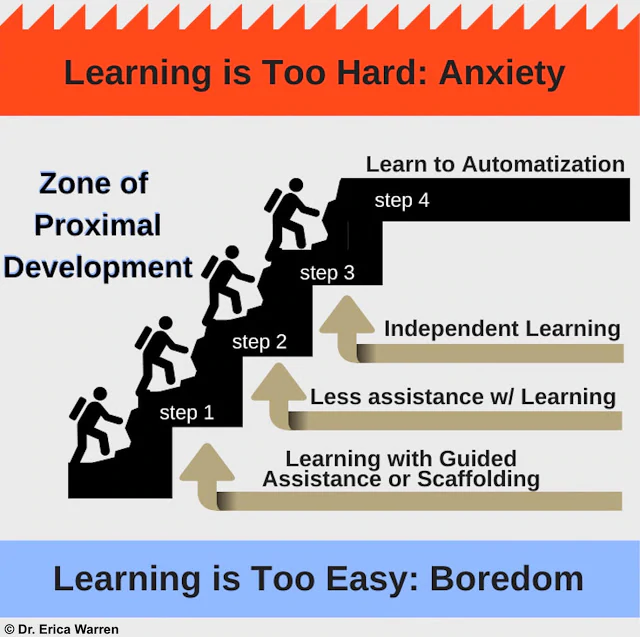So, after the challenges Covid19 brought to teachers and students, I found myself taking a more critical look at the state of education. We weren't prepared to meet the needs of our students "virtually" during that time and scrambled to make sense of the chaos we suddenly found ourselves in. Students and teachers had experience and were comfortable using technology for socialization and connectivity (i.e., TikToc, Facebook, Twitter, etc.) but we hadn't, for the most part, embraced the use of technology on a consistent basis for academic purposes. And therein lay the problem. It became pretty apparent to me, as I'm sure it was to every other teacher in the world, that education was about to see some very drastic but necessary changes. And that's the moment I realized I wanted to be a part of that change. Hence, my current pursuit of a degree in Curriculum and Instruction with an emphasis in Educational Technology.
Likening recent advances in technology to the past, our text refers to this new period of change as the "Fourth Industrial Revolution" (Sheninger, 2019). The author points out that the manner in which technology is utilized for education is changing and as a result will affect the way our students learn. As evidenced by the challenges we faced attempting to teach virtually during the first few months of the pandemic, our schools are not keeping up with the rapid changes we're seeing in technology. And that, according to Sheninger (2019), is directly affecting our learners and causing a disconnect between schools and students. Sheninger mentions several tools at teachers' disposal, with which many teachers are already familiar. However, the way we use those tools requires a more purposeful, thoughtful integration. Gura (2018) suggests that although we may have the technology resources and support to create 21st Century, student-friendly learning environments, we are far from possessing a comprehensive understanding about how to do it. Likewise, with regards to integrating technology, Sheninger (2019) suggests that, "The calling now for all educational systems and leaders is to empower students to learn in powerful and meaningful ways like never before" (Sheninger, 2019, p.6).
Rashid and Asghar's article acknowledges that the landscape of education is changing but asks the question if students' engagement with technology actually aids or hinders their academic performance. Their study, similar to the two texts we're reading, identified student engagement, technology use, and self-directed learning as impacting students' academic performance. The part that seems to be missing in much of the tech integration currently taking place is the level of use and students' self-directed learning part. While the assumption that technology actually advances students' academic performance hasn't been proven beyond a reasonable doubt, we do know that students' learning needs have changed and we need to change the way we teach. My goal is to help teachers move from the ways of the past, embrace and develop a better understanding of how to integrate tech in authentic and meaningful ways, and teach for the future...our future.
"Our students have changed radically, Today's students are no longer the people our educational system was designed to teach."
-Mark Prensky (2001, p. 1)
References:
Gura, M. (2018). The EdTech Advocate's Guide to Leading Change in Schools. International Society for Technology in Education. https://reader.yuzu.com/books/9781564846471.
Prensky, M. (2001). Digital natives, digital immigrants. On the Horizon, 9(5), 1-6.
Rashid, T., & Asghar, H. M. (2016). Technology use, self-directed
learning, student engagement and academic performance: Examining the
interrelations. Computers in Human Behavior, 63, 604-612.
Sheniger, E. (2019). Digital leadership: Changing paradigms for changing times 2nd Edition. Thousand Oaks, CA: Corwin. ISBN: 9781544350837


